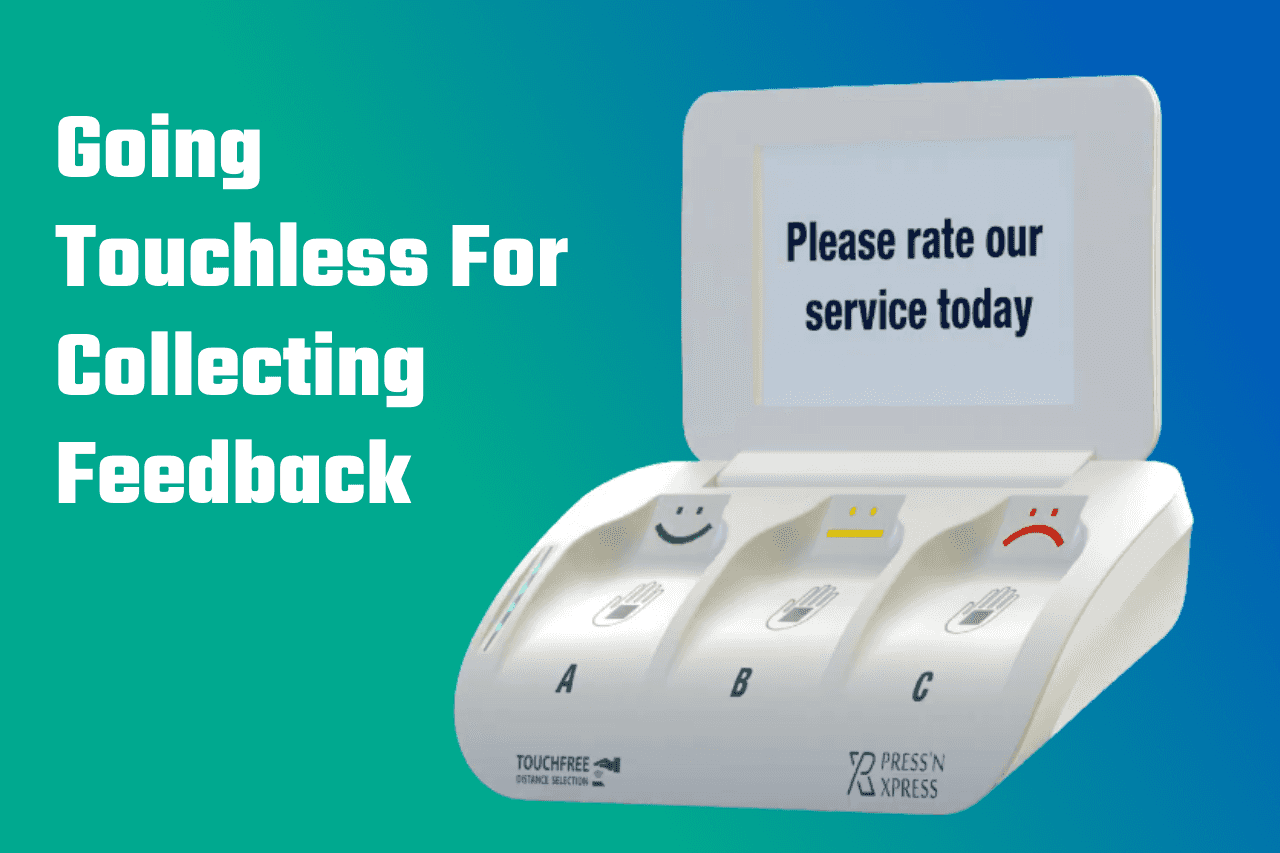
Employee Engagement Makes Sense For Your People and Your Profit
With the rise of the triple bottom line approach, more and more companies are shifting their attitudes towards valuing what every person brings to their company. But, if you aren't sold on that idea just yet, let's walk through why valuing your people and employee engagement is an approach that makes financial sense.
How many hours do you invest in training a new employee? How many weeks or months does it take for you to have confidence that a new employee can complete all of their daily tasks to your level of quality without supervision? How many months and years before you fully trust an employee with your business? How long does it take for a new employee to fit in and have the right chemistry with your existing staff?
Whether the answer to those questions is measured in hours or years, the point is the same. Every time you hire an employee, you are investing in that person. This means if you have a high employee turnover rate, you have to make that new hire financial investment again and again. And it takes longer for you to build the level of quality and trust you want to have in that employee since you are starting fresh every time.
Costs Associated with Employee Turnover
An employee engagement strategy is about acknowledging the value that person who is now your employee gives to your company. While that may seem like a soft metric, the way that you can measure it is by the cost-savings your business experiences through solid employee retention.
-
Recruitment Cost
The first figure to build is all of your recruitment costs. Any time you have to look for a new employee, you have to find them first. From the first ad to the final interview, all those costs are associated with your new hire spending.
-
New Hire IT/Supply Cost
Whether your employee sits at a desk on a company computer or they swipe in every day to your factory, there will be costs in setting that employee on all of your systems. Keep in mind that this cost can be two-fold because every time you lose an employee, you'll have to go through the exit process of getting property return and shutting down access.
-
Training Cost
Every new hire will need some form of training. It may be a day in some instances, and it may be more intensive in others. But no matter the length, all of those training costs need to be included in the figure for employee retention.
-
Supervision/Mentoring Cost
Even after formal training, your new hire will need continued mentoring and supervision to help them. Again, this may be minimal or extensive depending on the work and skillset of the employee. Make an honest assessment of the average amount of hours one of your experienced staff will need to spend with a new hire.
-
The Trust Cost
This is a figure that is hard to calculate. The way to think about it is how many hours of your day are spent worrying your new employee isn't up to speed or still needing assistance. You need to have confidence in an employee's skills, and trust takes time to build.
-
The Chemistry Cost
This one is probably the hardest. We use the term "employee", but don't forget we're all human with emotions, different work styles, communication styles and needs. Every time you bring in a new person to your staff, it will take time for everyone to get to know each other and find ways to complement each other. Some ways to look at this would be management time dedicated towards team building, HR time needed to assist in communications between employees, and your teams' overall productivity.
Calculating the Cost
The figure you've built out is what you invest into a new hire every single time you lose an existing employee. Sometimes, there are good reasons to lose an employee, healthy attrition like following a new career path or a student who completes their degree and moves on. Those healthy attrition reasons will always exist. Then the expense to train a new hire makes sense to absorb. Another time would be when you grow your business and hire more people to help. Again, positive times to spend the costs. But if the reasons for your employee attrition is not healthy, having to let someone go unexpectedly, and you aren't sure what went wrong, those are times when having an employee engagement strategy will save you money.
What is The Solution to Turnover Cost
The solution is building an employee engagement strategy that helps you understand what your employees are experiencing at work. This is especially important with your deskless employees that you may not interact with every day. To do this effectively, both for your time and costs, you'll need a solution that allows you to gather the feedback from employees and look at it both individually and aggregated. Our Employee Experience solution will enable you to gather employee feedback through many different collectors, like a touchless terminal beside your timeclock or employee entrance, and view it in a well-organized analytic dashboard. This visibility will help you see issues voiced by your employees before they become the reasons you lose valuable employees and have to spend the time and money you've calculated as your new hire costs.
By knowing what is working for your employees, by understanding what they are going through and their concerns, you'll be better equipped to improve any areas of your business that might impact your employee retention. It's not just about profit anymore. You have to consider the people powering your company. However, you can still do it while seeing the financial benefit of investing in a strategy and software that makes your life easier.
Want to get to know more about improving your employee experience and customer experience? Make sure to follow our Linkedin page for more information about our products, services and tips on how you can improve your employee experience & customer experiences. If you have questions or would like to learn more, get in touch. We’d love to hear from you.



